These are our top 10 aviation articles of 2016, (hopefully) displaying our passion for aviation to our readers!
But, wait, you might be saying (or maybe not, there’s also the chance you’re not), 2016 still has at least a couple of good months left! How do you know you won’t get some amazing articles then? I invented a time machine and Well, I don’t.
So, let’s call this our top 10 aviation articles of 2016, fiscal year style (Oct 2015 – end of Sep 2016). Honestly, I’m mostly just really excited to highlight some of our articles from the past year (which cover a pretty wide variety of topics) and it’s really hard to wait. (I was the kid who slept under the Christmas tree on Christmas Eve. Also, am I using too many parentheses?)
So, without spending too much more of your time, I’d like to share my picks for our best articles of 2016 (fiscally speaking…), and talk a little about why.
Now, these aren’t necessarily ranked in a best-of order but are instead presented as a pool. So read nothing into the fact that I’m starting with an article I wrote…
The LANSA Flight 508 Crash: Juliane Koepcke and 11 Days of Survival
 It was 12:36 PM when lightning struck the right wing and ignited the fuel tank. Juliane’s mother turned to her and spoke her last words, “This is the end.” It was too hard a hit for the Electra and the right wing tore away moments later. This led to extensive structural failure of the aircraft, and as it entered a steep dive, it began disintegrating. [Click here to read more…]
It was 12:36 PM when lightning struck the right wing and ignited the fuel tank. Juliane’s mother turned to her and spoke her last words, “This is the end.” It was too hard a hit for the Electra and the right wing tore away moments later. This led to extensive structural failure of the aircraft, and as it entered a steep dive, it began disintegrating. [Click here to read more…]
This is, without a doubt, one of the most amazing stories of survival I’ve ever heard of. Not only did Koepcke survive the plane she was in being torn apart by a storm, she survived a 2-mile fall into the middle of the Amazon Jungle, and then spent 11 days trekking through the jungle to find her way back to civilization and rescue. Three additional details stand out to me personally.
First, this happened at age 17. At a time when most people are worried about how popular they are at school, she was literally fighting the elements and nature for her life, and she won. Second, she lost her glasses in the crash. As a life-long lens wearer, I have no idea how that’s even possible. Probably because she’s not basically blind without glasses, but still, just one more element to an already incredible story. Finally, her rescue didn’t happen because of luck. It happened because of determination, skill, and grit. If you’ve never read about Koepcke story, take some time and do so. It’s worth it.
Becoming an Aviation Mechanic
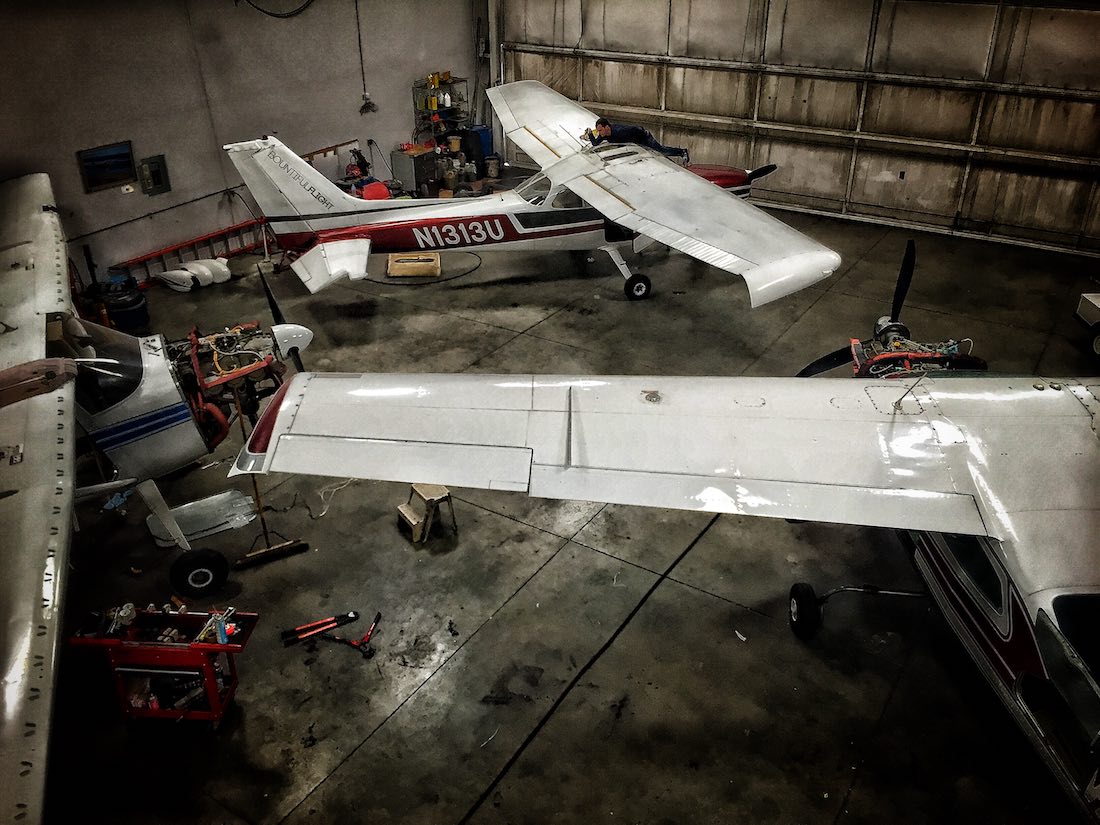 Culture shock is the best description of my introduction to working on airplanes. I had never even seen an aircraft up close and I didn’t know the first thing about them. I soon found that the techniques, mindset, and responsibility are all very different than what I was used to. It didn’t take long at all to realize that even though it’s still about wrenches and screwdrivers and electricity, pistons and gears, working on airplanes would be very different than working on cars. It’s much more tedious and labor intensive and the atmosphere more methodical and careful. My fingers had to learnto have greater dexterity, my eyes [Click here to read more…]
Culture shock is the best description of my introduction to working on airplanes. I had never even seen an aircraft up close and I didn’t know the first thing about them. I soon found that the techniques, mindset, and responsibility are all very different than what I was used to. It didn’t take long at all to realize that even though it’s still about wrenches and screwdrivers and electricity, pistons and gears, working on airplanes would be very different than working on cars. It’s much more tedious and labor intensive and the atmosphere more methodical and careful. My fingers had to learnto have greater dexterity, my eyes [Click here to read more…]
What would this list be without an entry from Jim Hoddenbach? Not a list at all. In this article, Jim not only discusses his background and path to becoming an aviation mechanic, he also talks about what skills the job requires, some different paths one can take to this career, and the joys and frustrations associated with this line of work. And he does it all with the style only Jim can. If you’re interested in working on airplanes, this article is a must-read.
Jacqueline Cochran: A Lifetime of Firsts
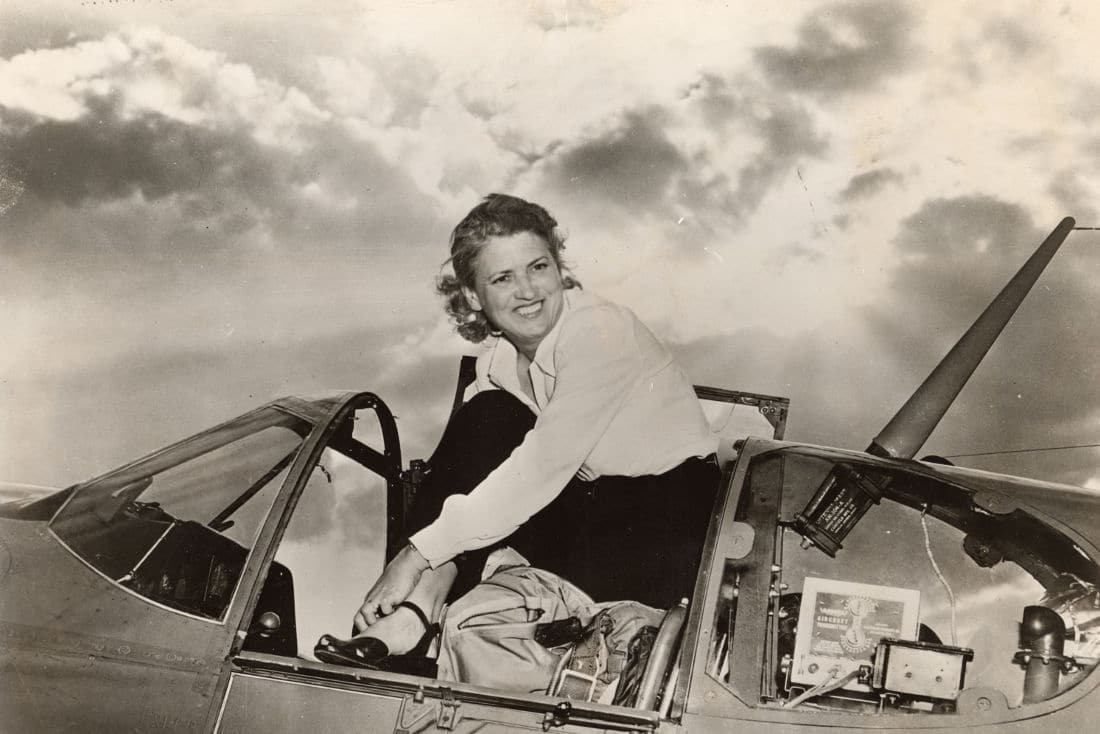 As she taxied towards the runway, some of her competitors doubted Jacqueline Cochran’s plane would make it into the air. Not because she lacked skill or experience – just one year earlier, she had placed second in the same race. No, it was because of the sheer weight of fuel she was carrying. Unwilling to lose time refueling, Jackie Cochran had told her engineers to add more fuel tanks to her Seversky SEV-S2. And so her plane was bulging with added fuel capacity. But with 541 gallons of fuel on board, it was far from certain that she would be able to leave the ground. With that much [Click here to read more…]
As she taxied towards the runway, some of her competitors doubted Jacqueline Cochran’s plane would make it into the air. Not because she lacked skill or experience – just one year earlier, she had placed second in the same race. No, it was because of the sheer weight of fuel she was carrying. Unwilling to lose time refueling, Jackie Cochran had told her engineers to add more fuel tanks to her Seversky SEV-S2. And so her plane was bulging with added fuel capacity. But with 541 gallons of fuel on board, it was far from certain that she would be able to leave the ground. With that much [Click here to read more…]
Without a doubt, one of the great pioneers of early aviation. James Darvell writes with an engaging, almost storybook style, and his recounting of Cochran’s time in aviation is fascinating. Most people know Cochran was the first woman to break the sound barrier, but she was also the first woman to win the Bendix air race trophy and the first to fly a bomber across the Atlantic. According to her own accounting, she may have been “born in a hovel but I am determined to travel with the wind and the stars.” Cochran’s is a story of hard work, passion, and dedication that saw her achieve and live her dream.
Sidenote: the Hidden Splendor airstrip in Utah’s San Rafael Swell backcountry is said to have been built by Cochran’s husband, Floyd Odlum, in order to facilitate her landing there so they could oversee his mining interesting in the area.
The Big Problem Driving the Aviation Industry’s Pilot Shortage
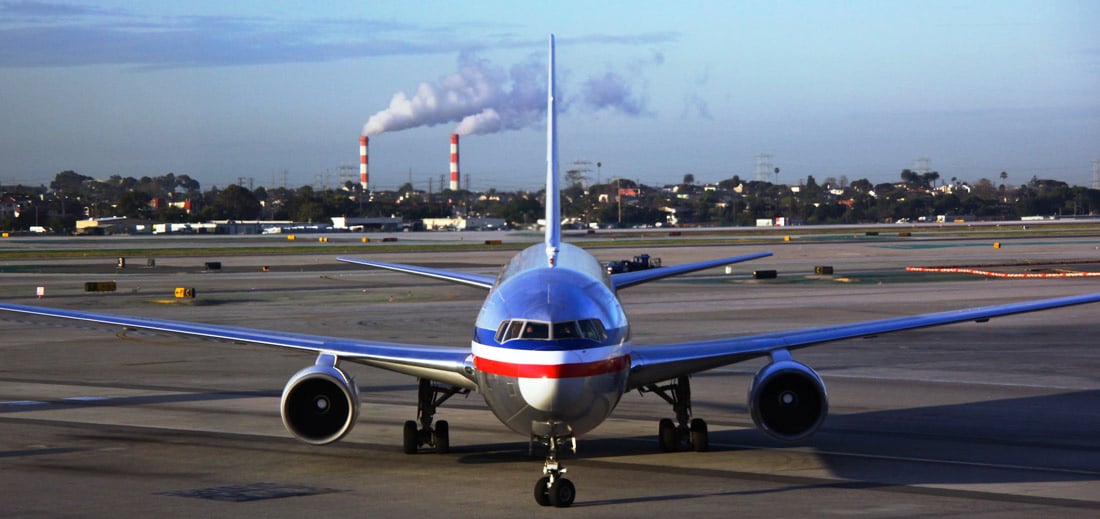 The pilot shortage storm we are entering into is not a necessarily a large problem for the majors right now, but it’s a primary issue with where they get many of their pilots from: regional or commuter carriers. And, it’s not a matter of pilots, the key word here is qualified pilots. That one word is the issue, so let’s work backward and see where and how the industry trend and pilot shortage problem [Click here to read more…]
The pilot shortage storm we are entering into is not a necessarily a large problem for the majors right now, but it’s a primary issue with where they get many of their pilots from: regional or commuter carriers. And, it’s not a matter of pilots, the key word here is qualified pilots. That one word is the issue, so let’s work backward and see where and how the industry trend and pilot shortage problem [Click here to read more…]
Erika Armstrong once again draws on her experience as a pilot and airline captain to look at the growing, shifting, evolving pilot shortage problem. As always, her writing is clear, opinionated, and on-point. For people who are interesting in pursuing a career in aviation, particularly as an airline pilot, this is an important topic and Erika’s take on the matter shouldn’t be missed.
Cessna 185 Skywagon: Rugged, Powerful, and Trusted
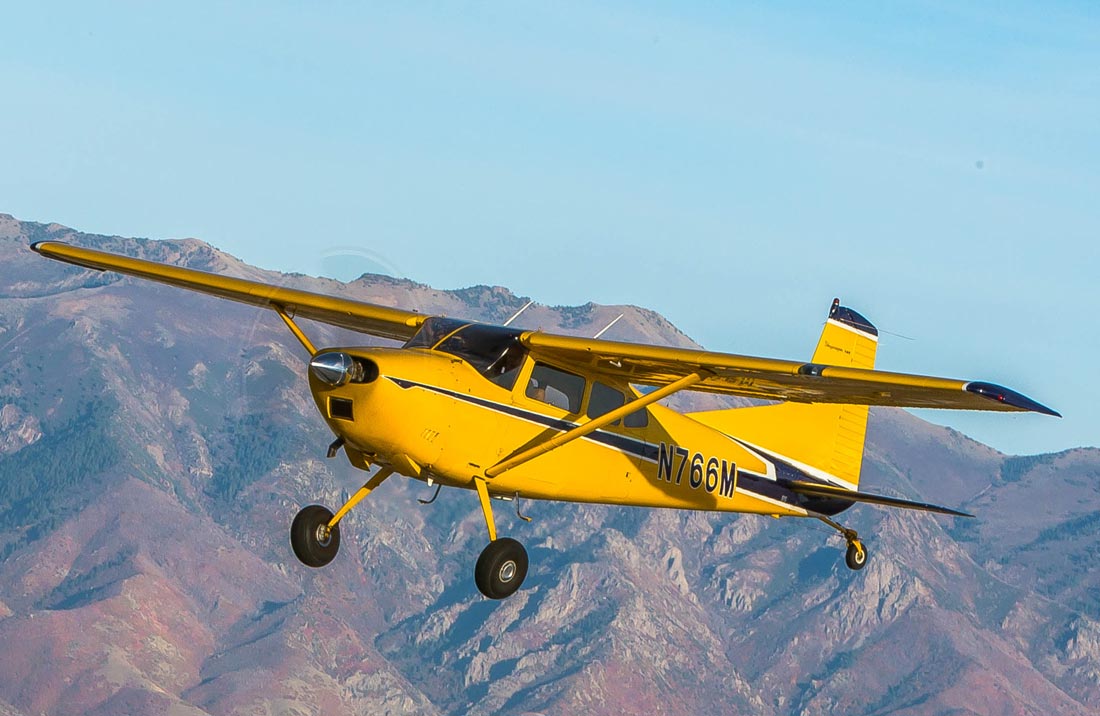
We’re not sure any other airplane quite matches the Cessna 185 Skywagon’s ability to lift its own weight, haul loads in and out of short, unimproved runways, cruise at around 130 knots, and provide a stable platform in IMC and gusty winds aloft.
Cessna 185s are like the rural contractor’s beloved Ford F-150 V-8: rugged, powerful, and trusted. With power to spare and two cabin doors, you can fill it full of [Click here to read more…]
There are few airplanes as iconic, rugged, reliable and just plain cool as the Cessna 185 Skywagon. And Crista Worthy, along with fellow pilot Steve Durtschi, bring a wealth of knowledge to this profile of the amazing aircraft, discussing everything from its history, to how the 185 flies, mods for the 185, tips on tailwheel flying, and more. Add to that the fact that Worthy and Durtschi are both more than capable writers, and this is a great read on a great aircraft.
A Glider Rating was Supposed to Turn me into a Super Pilot
 I have received mountain flying training and that went a LONG way to building the skills I desire however I couldn’t help but notice that, as all the powered pilots landed and put their aircraft away before the afternoon winds got too bad, the glider pilots all were all taking off and flying excitedly into these dramatic winds. So when I went over to the Glider school I was on a mission. [Click here to read more…]
I have received mountain flying training and that went a LONG way to building the skills I desire however I couldn’t help but notice that, as all the powered pilots landed and put their aircraft away before the afternoon winds got too bad, the glider pilots all were all taking off and flying excitedly into these dramatic winds. So when I went over to the Glider school I was on a mission. [Click here to read more…]
Bryan has an insatiable need to learn. So when he got into aviation, it didn’t just stop learning enough to obtain a private pilot certificate. He spends hours pouring over manuals, books, articles, training videos and more, soaking in all the knowledge he can, and then goes out and flies, trains, and practices everything he’s learning. And part of this includes spending time pursuing other aspects of flying, like gliding. As always, Bryan’s piece on glider flying is absorbing, has surprising moments of humor, and provides a solid argument for the need for all pilots to explore and refine their piloting skills.
Is There Such a Thing As a Pilot Personality?
 The Air Line Pilots Association has conducted studies on the pilot personality. They concluded that pilots tend to exhibit 24 traits. Traits are the ways that we typically respond to given situations. Obviously, every pilot won’t have each and every trait but they tend to have at least half of them. How many of these pilot personality traits do you THINK you have? Read on and at the end of this article, you can assess how you stacked up to my sampling group [Click here to read more…]
The Air Line Pilots Association has conducted studies on the pilot personality. They concluded that pilots tend to exhibit 24 traits. Traits are the ways that we typically respond to given situations. Obviously, every pilot won’t have each and every trait but they tend to have at least half of them. How many of these pilot personality traits do you THINK you have? Read on and at the end of this article, you can assess how you stacked up to my sampling group [Click here to read more…]
This article comes from Vern Weiss, an ATP-rated airline captain with over 14,000 hours of flight time. And it’s a fascinating question. Pilot’s do seem to have a distinct personality, or at the very least, certain traits that cause them to step into the cockpit, and rumble down the runway. Interestingly, there were a lot of people who didn’t agree with these findings, or even though the traits were too male specific. If you are a pilot or know a pilot, it’s a fascinating read, especially comparing what here to what you know of yourself or your pilot friend.
Why Are There So Few Female Pilots?
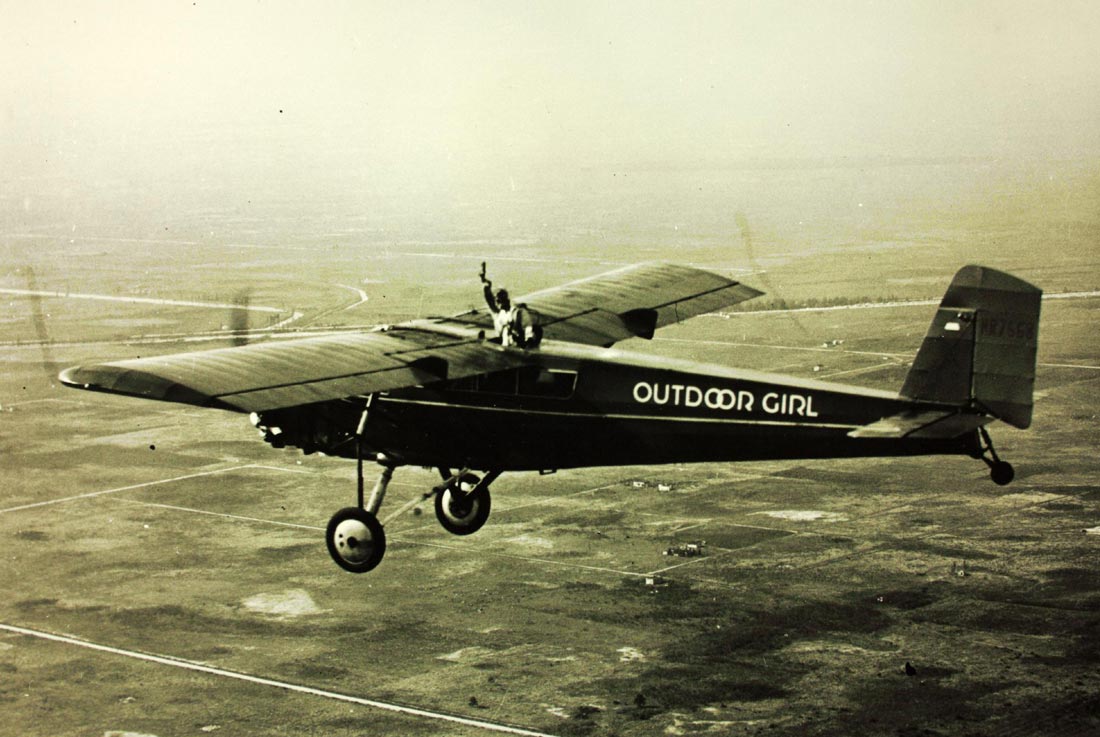 For anyone that’s followed my aviation journey on my blog, knows that I absolutely love this industry. It’s been the center of my life since I started flying with my dad at 10 years old. I try to encompass the highlights and the “wins” that I have throughout my journey, but I cannot deny that there have been times where I have questioned my decision to be a woman in this male-dominated industry. My first experience with gender imbalance occurred right after I began flying lessons. I had already been flying alongside my dad in his Beech Sundowner for a few years [Click here to read more…]
For anyone that’s followed my aviation journey on my blog, knows that I absolutely love this industry. It’s been the center of my life since I started flying with my dad at 10 years old. I try to encompass the highlights and the “wins” that I have throughout my journey, but I cannot deny that there have been times where I have questioned my decision to be a woman in this male-dominated industry. My first experience with gender imbalance occurred right after I began flying lessons. I had already been flying alongside my dad in his Beech Sundowner for a few years [Click here to read more…]
In this article, Chrissi Culver tackles a tough topic. But she does an admirable job, exploring the history of women in aviation, though the lens of the Ninety-Nines, before speaking about the current state of affairs. Culver is also willing to bring her own personal experience as a female pilot and female in aviation into the mix, providing a compelling look at this question.
The A-10 Warthog
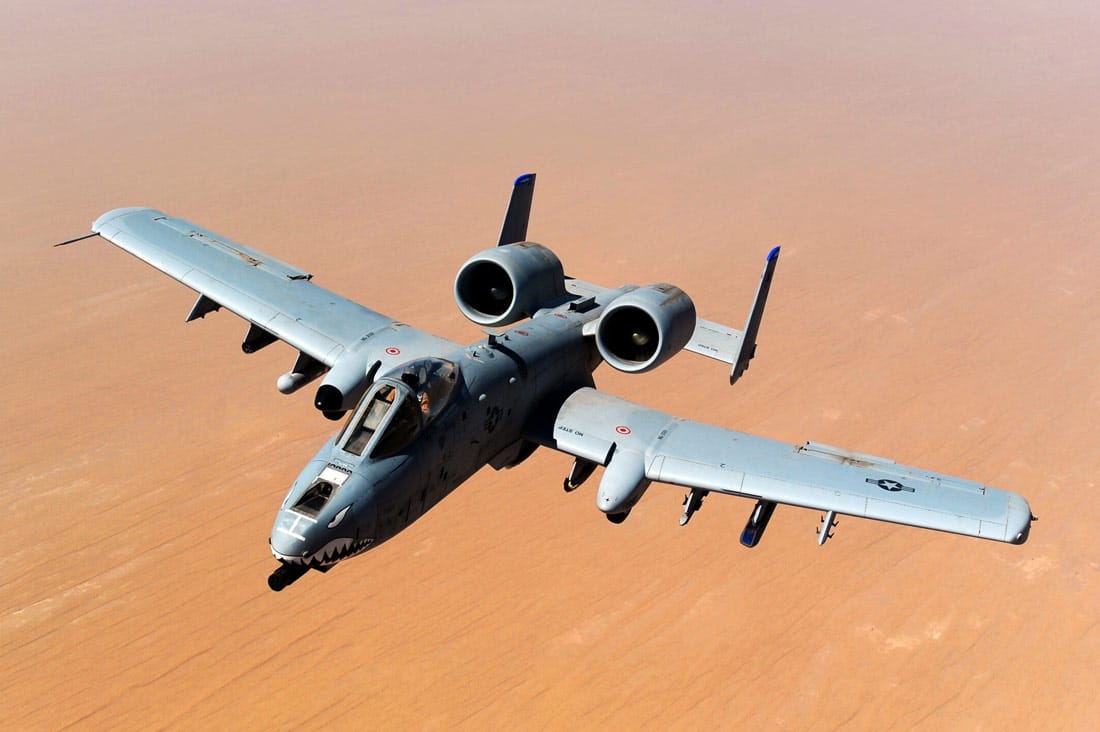
The A-10 Thunderbolt II is really the only true aircraft built solely for Close Air Support (CAS) in the U.S. military. Many other newer aircraft and even older aircraft are being charged with executing multi-role missions. These aircraft and pilots are expected to master air-to-air combat, strike interdiction, and CAS.
But the A-10s and their pilots are CAS specialists. The A-10 itself is commonly called an “airplane built around a Gatling gun.” That gun is almost 20 feet long and fires explosive 30mm shells [Click here to read more…]
John Peltier provides a fascinating look at the Warthog here, covering not only the role of the plane itself but its storied uncertain future with the military. As a veteran and fighter pilot himself, Peltier provides some interesting context and comparison between this aircraft and others intended for the same role.
We Only Had One Flight Simulator For Training Hundreds Of Pilots
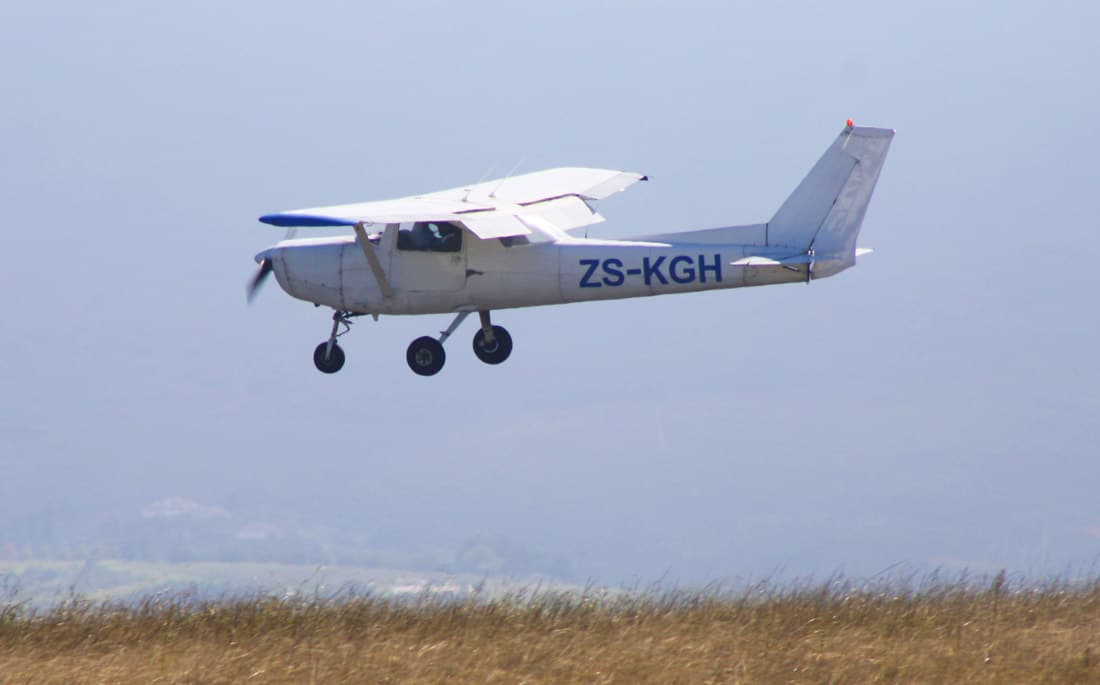 After my three years training and freelance flying in South Africa, I returned to Kenya and continued my duties as an aircraft technician as I went through the process of converting my pilot license. It’s at this stage that I was introduced to the flight simulator training situation in Kenya. At that time, in 2011, Kenya had only one flight simulator training device for about 13 flight schools and hundreds of pilots. And that flight simulator, which at that time which was operated by the Kenya Civil Aviation Authority [Click here to read more…]
After my three years training and freelance flying in South Africa, I returned to Kenya and continued my duties as an aircraft technician as I went through the process of converting my pilot license. It’s at this stage that I was introduced to the flight simulator training situation in Kenya. At that time, in 2011, Kenya had only one flight simulator training device for about 13 flight schools and hundreds of pilots. And that flight simulator, which at that time which was operated by the Kenya Civil Aviation Authority [Click here to read more…]
At Disciples of Flight, we love sharing a broad, worldwide view of aviation. So when I started talking to Clifford Obara about flying in Kenya, it struck me that though there are many differences, there are similarities as well, though they tend to be more in the pilot and love for flying. Obara’s story of learning to fly and exploring the state of flying in Kenya is a great read, especially for anyone interested in the experience of flying in different countries.
A Few More to Add to Our Top 10 Aviation Articles of 2016
And there you have it. Our top 10 aviation articles of 2016 that are worth reading if you missed them, or re-reading if you caught them the first time around. And now, I’m going to pull something of a dirty trick, and include a few more as runners-up. However, I’ll be a little more brief here.
Scott Crossfield: An Incredible Fusion of Pilot and Engineer – James Darvell
The Boeing 727 – Erika Armstrong
Is Flying Small Aircraft Safe – Bryan Stewart
From the J3 Cub to the USS Enterprise: A True Story – Christopher Stewart
Building the Turbine Powered Super Seawind Aircraft – Crista Worthy
See? Just the titles. Thank you to all our readers, and we look forward to many, many more years.
Also, let us know if you agree with the selections, or if there are other articles you’d put on the list. What did you enjoy?





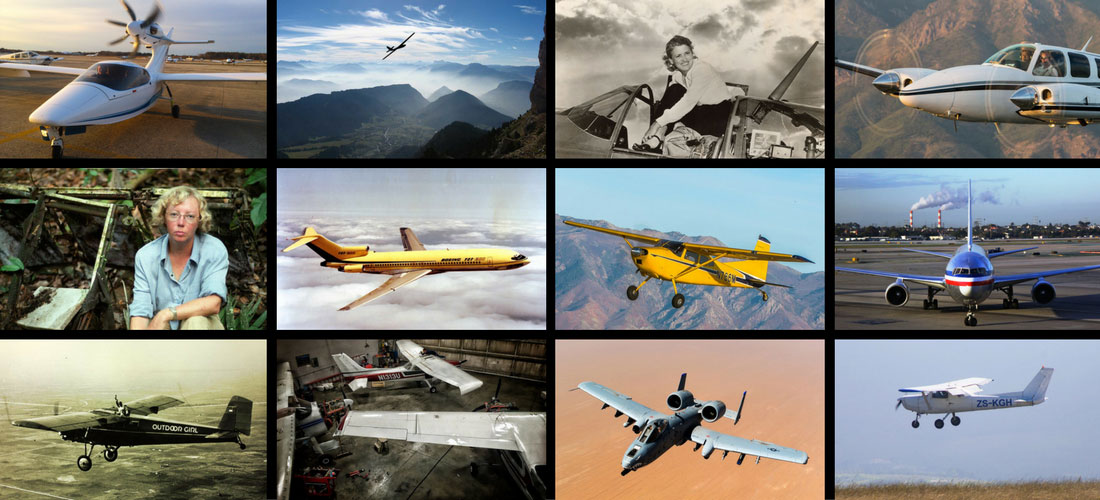








Leave a Reply